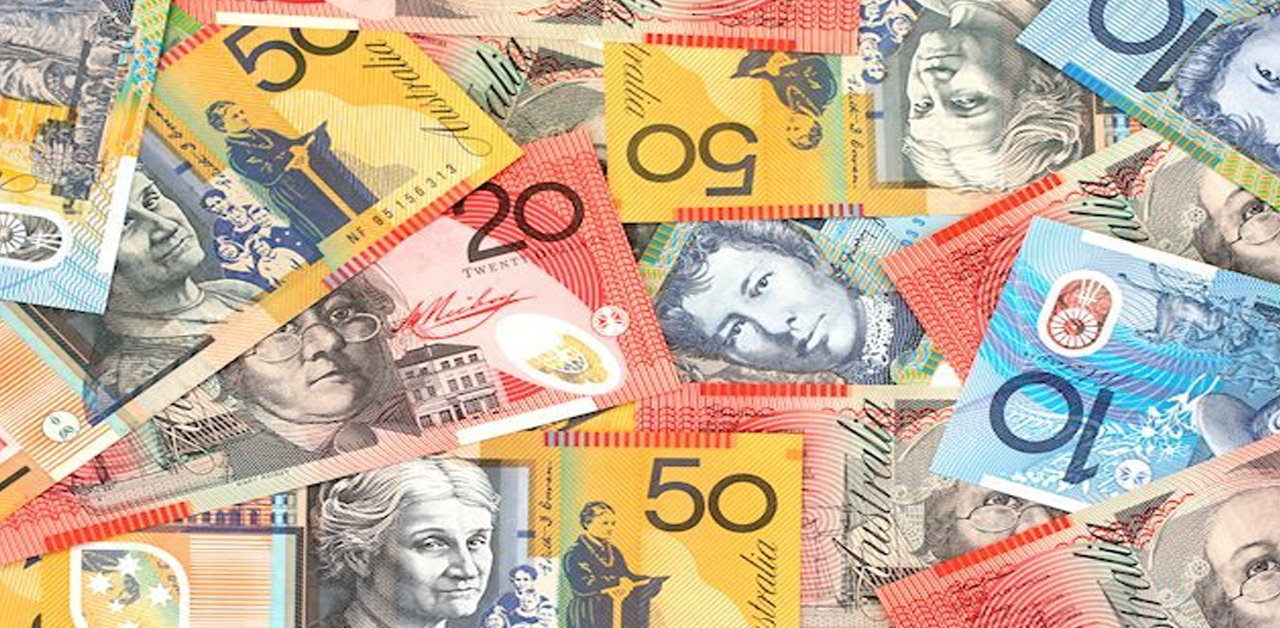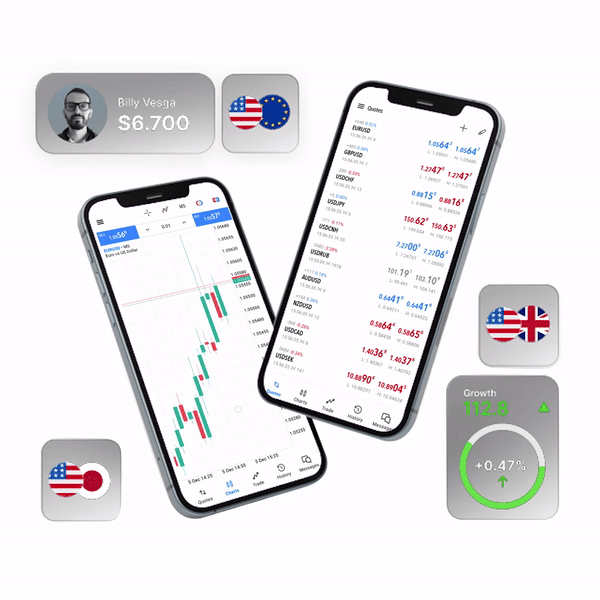Dollar rises as equity markets are jolted by nervousness
The dollar started the week on a solid note, bolstered by dramatically increasing US yields and investors’ flight to safety as Chinese lockdowns, conflict on the outskirts of Europe, and fear of higher interest rates pushed markets into a frenzy. In early trade, the US dollar hit a 22-month high against the growth-sensitive New Zealand dollar and surged more than 0.5 percent against the Australian dollar to a three-month high while US stock market futures fell 1%. The benchmark 10-year Treasury yield was at its highest since 2018 at 3.1464 percent, while the dollar is a whisker away from a new two-decade high at 130.73 yen.
The dollar has nearly reached a five-year high against the euro, which lost 0.2 percent to $1.0529. Sterling was trading slightly around two-year lows set last week after the Bank of England cautioned that the British economy was entering a slump. “The dollar will be supported by outperformance in the US economy and lower equity prices,” said Joe Capurso, a strategist at the Commonwealth Bank of Australia in Sydney.
“Despite considerable rises in interest rates, financial conditions in the main economies have not tightened much the need to tighten financial conditions and rein in inflation underpins the rationale for significant future increases.” Last week, the US dollar index rose for the fifth week in a row, reaching a nearly 20-year high after the US Federal Reserve raised its benchmark funds rate by 50 basis points and solid employment data bolstered expectations on additional hefty raises.
The index was recently at 103.78. Futures markets are pricing in a 75 percent likelihood of a 75 basis point rate hike at the Fed’s next meeting in June, and more than 200 basis points of tightening by the end of the year. The release of US inflation statistics on Wednesday might inspire even more aggressive wagers, especially if the rate of headline price hikes does not slow to 8.1 percent as forecast.
“Risks around US CPI appear binary; a slowdown from 8.5 percent would be modestly encouraging, but a bounce would undoubtedly reignite expectations for 75 basis point Fed increases, and possibly support the currency,” ANZ Bank analysts said. “As the reality of volatility strikes, the concept that synchronized global tightening would go smoothly feels like a lost dream.”
Cryptocurrencies have been hammered in the rush away from riskier assets, with bitcoin nursing weekend losses and trading at its lowest levels of the year at $34,000, while ether, which slid 4% on Sunday, was trading at $2,525. At the same time, the crisis in Ukraine is upsetting global commodities markets, and China’s lockdowns are slowing GDP. Last month, China’s unemployment rate reached its highest level since March 2020, and the yuan was trading around an 18-month low of 6.7319 per dollar in offshore trade.











